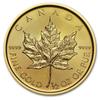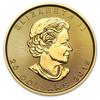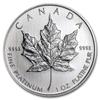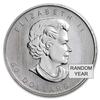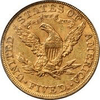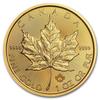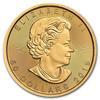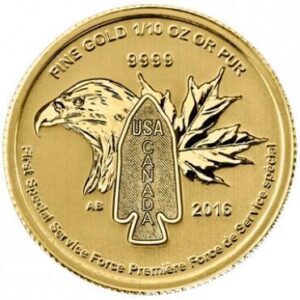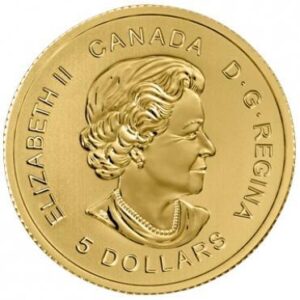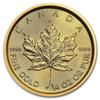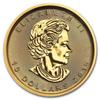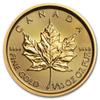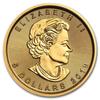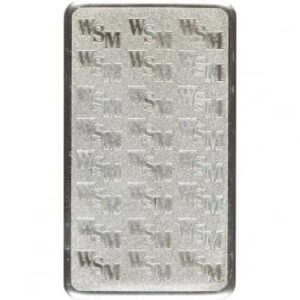View More
Show All Results...
Click to get started or call the number below to speak with one of our Account Executives for more information about availability, pricing, and questions.
First struck in 1982, the Gold Panda is the signature of the China Mint. The Gold Panda was the third gold bullion coin to capture a share of the world’s gold market, following in the footsteps of the South Africa Gold Krugerrand (first minted in 1967) and the Gold Maple (first minted in 1979). The coin features China’s iconic Giant Panda on the reverse and the Temple of Heaven in Beijing’s Forbidden City on the obverse. Each year a new reverse design debuts showing the symbolic Panda Bear from a new perspective. The one-year-only designs have allowed for a great deal of variety in the series and gives collectors something to look forward to every year!
The Origin of the Gold Panda Series
China issued its first Gold Panda coins in 1982, in sizes of 1 oz., 1/2 oz., 1/4 oz., and 1/10 oz. of .999 fine gold. Beginning in 1983, another size was added, the 1/20 Oz. Larger Panda coins were issued in some years, weighing from 5 Oz. and 1 Kilogram. These famous coins are issued in Proof-like Brilliant Uncirculated quality with a different design each year. A freeze of the design was announced with the 2001 issues. Thus, the 2002 Pandas are identical to 2001. After numismatists spoke up regarding the annual changes, China reverted to their original policy. Several mints produce these coins, including, but not limited to, Beijing, Shenzhen, Shanghai, and Shenyang. Unlike coins made by U.S. Mints that carry mint marks to distinguish their origin, Chinese Mints usually do not employ mint marks. However, in certain years, there are minor variations (size of the date, style of the temple, etc.) in the coin design that allow the originating mint to be determined.
| Size | Purity | Weight | Metal Content | Diameter |
|---|---|---|---|---|
| 99.9% | 0.50 oz. | Gold | 27 mm | |
| 99.9% | 0.25 oz. | Gold | 21.95 mm | |
| 99.9% | 0.10 oz. | Gold | 17.95 mm | |
| 99.9% | 0.05 oz. | Gold | 13.92 mm |
First struck in 1982, the Gold Panda is the signature of the China Mint. The Gold Panda was the third gold bullion coin to capture a share of the world’s gold market, following in the footsteps of the South Africa Gold Krugerrand (first minted in 1967) and the Gold Maple (first minted in 1979). The coin features China’s iconic Giant Panda on the reverse and the Temple of Heaven in Beijing’s Forbidden City on the obverse. Each year a new reverse design debuts showing the symbolic Panda Bear from a new perspective. The one-year-only designs have allowed for a great deal of variety in the series and gives collectors something to look forward to every year!
The Origin of the Gold Panda Series
China issued its first Gold Panda coins in 1982, in sizes of 1 oz., 1/2 oz., 1/4 oz., and 1/10 oz. of .999 fine gold. Beginning in 1983, another size was added, the 1/20 Oz. Larger Panda coins were issued in some years, weighing from 5 Oz. and 1 Kilogram. These famous coins are issued in Proof-like Brilliant Uncirculated quality with a different design each year. A freeze of the design was announced with the 2001 issues. Thus, the 2002 Pandas are identical to 2001. After numismatists spoke up regarding the annual changes, China reverted to their original policy. Several mints produce these coins, including, but not limited to, Beijing, Shenzhen, Shanghai, and Shenyang. Unlike coins made by U.S. Mints that carry mint marks to distinguish their origin, Chinese Mints usually do not employ mint marks. However, in certain years, there are minor variations (size of the date, style of the temple, etc.) in the coin design that allow the originating mint to be determined.
| Size | Purity | Weight | Metal Content | Diameter |
|---|---|---|---|---|
| 99.9% | 0.50 oz. | Gold | 27 mm | |
| 99.9% | 0.25 oz. | Gold | 21.95 mm | |
| 99.9% | 0.10 oz. | Gold | 17.95 mm | |
| 99.9% | 0.05 oz. | Gold | 13.92 mm |

